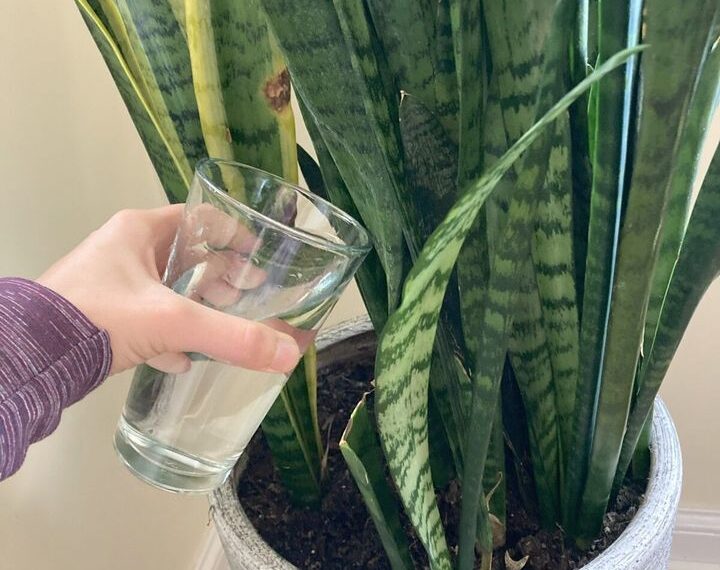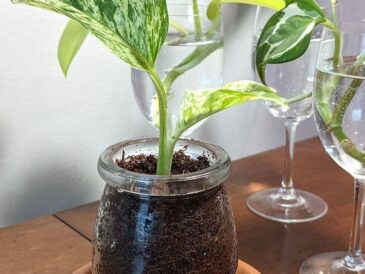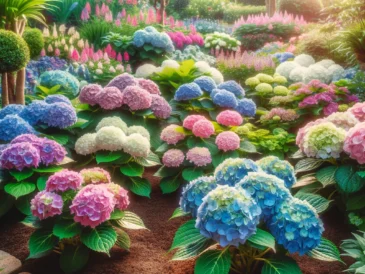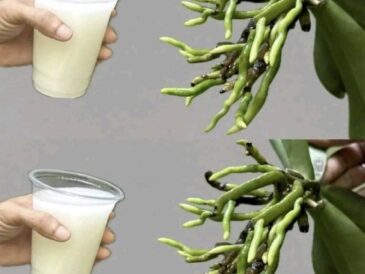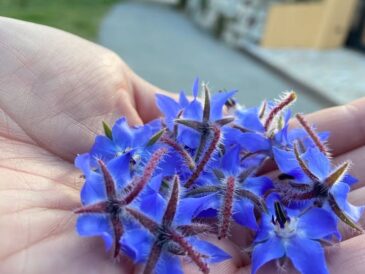The snake plant, scientifically known as Sansevieria trifasciata (or more recently classified under the genus Dracaena), is one of the most beloved houseplants due to its striking appearance, low-maintenance nature, and air-purifying properties. Also known as the “mother-in-law’s tongue” for its sharp, pointed leaves, this hardy plant is perfect for beginners and seasoned plant enthusiasts alike. If you’re a proud snake plant parent, here’s everything you need to know to keep your leafy companion thriving.
1. Why Choose a Snake Plant?
- Air Purifier: NASA studies have shown that snake plants are excellent at filtering toxins like formaldehyde, benzene, and xylene from the air, making your home healthier.
- Aesthetically Pleasing: With its upright, sword-like leaves, the snake plant adds a modern, sculptural look to any space.
- Low Maintenance: Snake plants thrive on neglect, making them ideal for busy individuals or those with a not-so-green thumb.
2. Ideal Conditions for Your Snake Plant
Light Requirements
- Adaptable: Snake plants thrive in a wide range of light conditions, from low light to bright, indirect sunlight.
- Avoid Direct Sunlight: Too much direct sunlight can scorch the leaves, causing unsightly brown spots.
Watering
- Less is More: Snake plants are drought-tolerant and prefer their soil to dry out completely between waterings. Overwatering can lead to root rot, the most common cause of snake plant demise.
- Seasonal Adjustments: Water more sparingly in winter when the plant’s growth slows down.
Temperature and Humidity
- Warm and Dry: Snake plants thrive in temperatures between 60–85°F (15–29°C). Keep them away from cold drafts or frost.
- Humidity Tolerance: These plants can handle dry indoor air but also do well in more humid environments like bathrooms.
3. Potting and Soil Needs
- Well-Draining Soil: Use a cactus or succulent potting mix, or mix standard soil with sand or perlite to improve drainage.
- Choose the Right Pot: Always use a pot with drainage holes to prevent waterlogging.
4. Feeding Your Snake Plant
- Fertilizer: Feed your plant a balanced houseplant fertilizer during the growing season (spring and summer) every 4–6 weeks. Avoid over-fertilizing, which can harm the plant.
5. Common Problems and How to Solve Them
Brown Tips
TO CONTINUE READING THE ARTICLE PLEASE SEE PAGE 2
